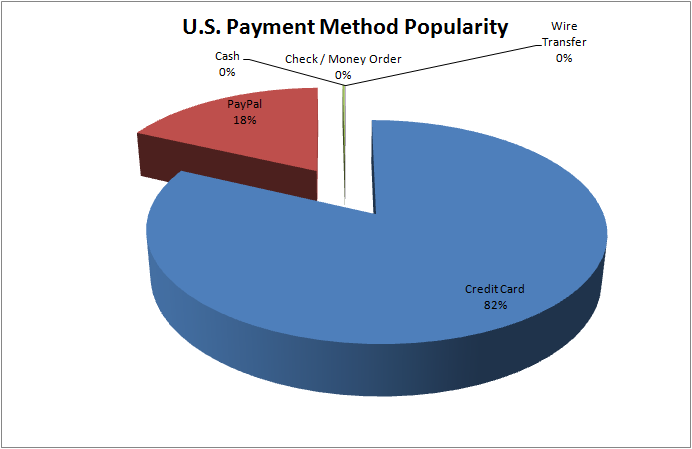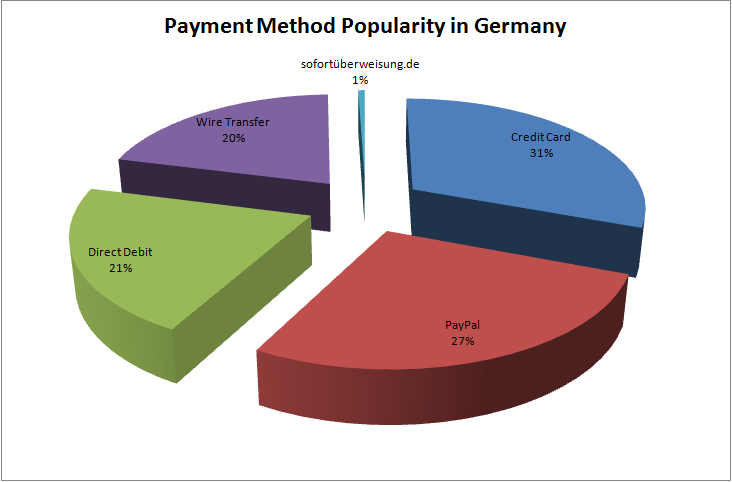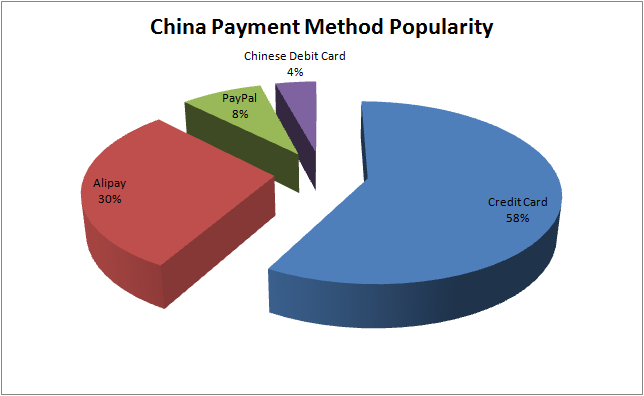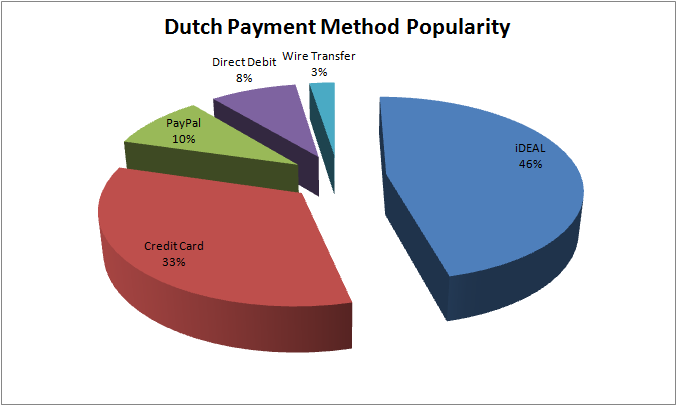Ecommerce professionals like to talk about methods for increasing their sales. Much of this discussion focuses on investing in affiliate programs, marketing, PPC, SEO, and landing pages; which tends to drive new visitors to your website. But what about the visitors you already receive? Are they having the best experience possible?
Understanding the following high-level data points about your visitors will assist sellers in the digital product space increase their shopping cart conversion rate and drive ROI for paid search campaigns.
Data Point #1 – Where Are My Visitors Coming From?
It is important to present product offerings in your customers’ native languages. Looking at traffic by territory may only give you part of the picture, so another important metric to consider is browser language. Users in territories like Canada, may primarily speak one of two languages (French and English) and it’s important to know who is looking at your site.
Once you know what language your customers speak, ask yourself the question, “Have I localized for my top visited languages and if so, have I used local translators?”
A poor translation may be just as bad as no translation at all. Below is a screen-shot of a video game named Zero Wing, which was released in 1989 and did not sell many copies.
Despite Zero Wing’s lack of success, I wouldn’t be surprised if many Building Keystones readers have seen this still before. Over the past 22 years this game has gamed notoriety because of its terrible translations. Big surprise here, the game was localized for the English speaking market in Japan. I have a sneaking suspicion that the developers of Zero Wing did not hope to be remembered for this reason. Although this example may be a bit extreme, think about the last time you saw something that was poorly localized and how you felt. Local translators for your top markets are worth the investment to provide your customers a better browsing experience.
Once your customers can understand the content on your website, focus on the region that they are coming from. We’ve focused in the past on the fact that people consume information differently based upon their geographical location. Think about the way pricing is displayed. American customers are accustomed to seeing a price like: $99.99 – dollar sign first, number of dollars, period, number of cents. The initial price does not even have to be tax inclusive; Americans will not be startled by having taxes added after the fact.
Europeans, however, look at pricing a bit differently. The typical format would be: 99,99€ – amount of euros, comma, amount of cents, euro sign. This price should be VAT inclusive. On a day-to-day basis, the price Europeans see in stores is the price that he or she expects to pay at the counter. Your website should provide a similar experience. (Check out this blog post for best practices about GeoIP technology and directing your customers to localized pages based on geographical location.)
Data Point #2 – Where Are My Visitors Purchasing From?
To find out where your visitors are purchasing from, overlay conversion rate (orders/traffic) by country over traffic by country. If you notice a territory that has high traffic and low conversions you are seeing an opportunity.
For these regions, start by reviewing the steps discussed in data point 1. Are the language and pricing appropriate for this region? You want to make sure that you are offering competitive pricing for foreign currencies.
Next, ask yourself if you’re offering the appropriate payment methods for these markets without an upcharge. The last thing a customer wants to experience is a financial penalty for paying in his preferred payment method.
I’ve included some data from Forrester on payment method popularity. Note that this data is not specific to the digital product space, but to the entire ecommerce industry. As you can see, credit cards are popular in North America, debit cards in the UK, wire-transfers in Germany, and Alipay in China.
Below is data specific to online software sales, with a B2C focus.
[column-half-1]

[/column-half-1]
[column-half-2]

[/column-half-2]
[column-half-1]

[/column-half-1]
[column-half-2]

[/column-half-2]
As you see, this data is reflective of the Forrester data, with the addition of iDeal in the Netherlands. Make sure you have the appropriate payment methods covered for your most popular territories.
Keystone
Before investing in initiatives to drive new traffic, optimize your website to so that you are making the most of the visitors you receive today. This will help you maximize your return on future investments.

Pingback: The Definitive Guide to Shopping Cart Abandonment | Social Media Marketing 24/7